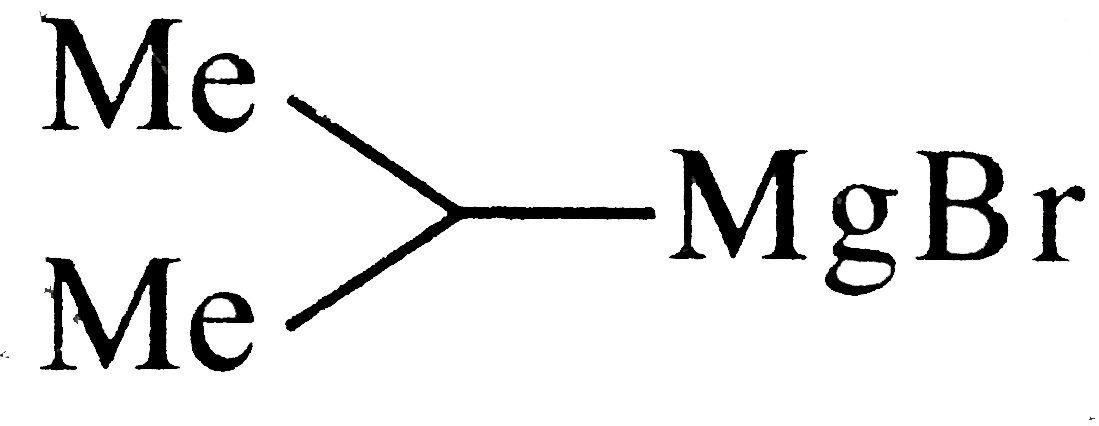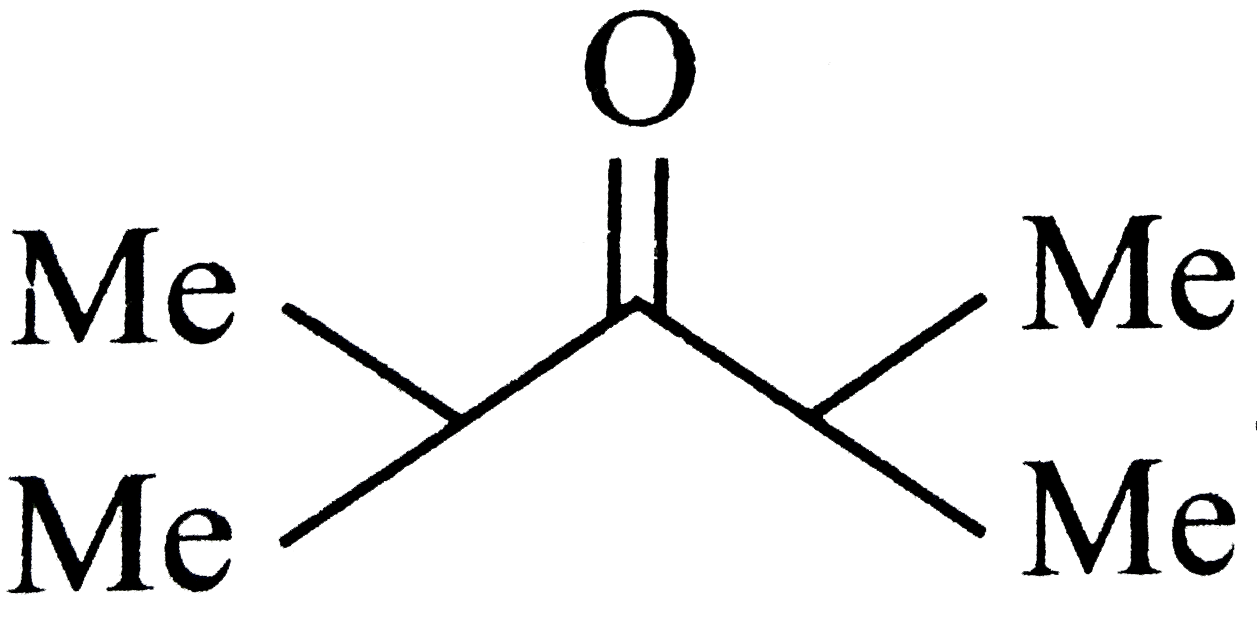After ozonolysis of benzene (not hydrolysis) , the product is
Benzene triozonide
Glyoxal
Ethanediol
All of them
The correct Answer is:A
To solve the question regarding the product formed after the ozonolysis of benzene, we can follow these steps:
Step 1: Understanding Ozonolysis
Ozonolysis is a reaction involving the cleavage of double bonds in alkenes or aromatic compounds using ozone (O3). In the case of benzene, which is an aromatic compound, the reaction involves the breaking of the carbon-carbon bonds in the benzene ring.
Hint: Remember that ozonolysis typically results in the formation of carbonyl compounds.
Step 2: Reaction with Ozone
When benzene undergoes ozonolysis, ozone reacts with the benzene ring. The benzene structure is C6H6, and upon ozonolysis, the aromatic nature of the ring allows for the formation of carbonyl groups.
Hint: Consider the structure of benzene and how the ozonolysis will affect the carbon atoms in the ring.
Step 3: Formation of Glyoxal
The ozonolysis of benzene leads to the formation of two carbonyl groups (CHO) at the positions where the ring was cleaved. Specifically, the product formed is glyoxal (C2H2O2), which has the structure O=CHO-CHO. Since there are three positions where the benzene can be cleaved, three moles of glyoxal are produced.
Hint: Keep in mind that glyoxal is a compound with two aldehyde groups.
Step 4: Conclusion
Thus, the final product after the ozonolysis of benzene is glyoxal, and we can summarize that the reaction produces three moles of glyoxal.
Final Answer: The product after ozonolysis of benzene is glyoxal.
Ozonolysis is a reaction involving the cleavage of double bonds in alkenes or aromatic compounds using ozone (O3). In the case of benzene, which is an aromatic compound, the reaction involves the breaking of the carbon-carbon bonds in the benzene ring.
When benzene undergoes ozonolysis, ozone reacts with the benzene ring. The benzene structure is C6H6, and upon ozonolysis, the aromatic nature of the ring allows for the formation of carbonyl groups.
The ozonolysis of benzene leads to the formation of two carbonyl groups (CHO) at the positions where the ring was cleaved. Specifically, the product formed is glyoxal (C2H2O2), which has the structure O=CHO-CHO. Since there are three positions where the benzene can be cleaved, three moles of glyoxal are produced.
Thus, the final product after the ozonolysis of benzene is glyoxal, and we can summarize that the reaction produces three moles of glyoxal.
Topper's Solved these Questions
- HYDROCARBONBOOK - ERRORLESS CHAPTER - HYDROCARBONEXERCISE - CRITICAL THINKING (Objective questions)
24 Videos
- HYDROCARBONBOOK - ERRORLESS CHAPTER - HYDROCARBONEXERCISE - JEE SECTION (Only one choice correct answer)
93 Videos
- HYDROCARBONBOOK - ERRORLESS CHAPTER - HYDROCARBONEXERCISE - ORDINARY THINKING (Objective question) (ALKYNE)
120 Videos
- HALOGEN CONTAINING COMPOUNDBOOK - ERRORLESS CHAPTER - HALOGEN CONTAINING COMPOUNDEXERCISE - Critical Thinking (Jee (Advanced) 2018)
1 Videos
- IONIC EQUILIBRIUMBOOK - ERRORLESS CHAPTER - IONIC EQUILIBRIUMEXERCISE - JS Jee Section (JEE Advanced (Numeric answer type question))
1 Videos
Similar Questions
Knowledge Check
Ozonolysis of benzene gives
A8 moles of glyoxalBglycolC6 moles of glyoxalD3 moles of glyoxalOzonolysis of benzene gives
A1 molecule of glyoxalB2 molecule of glyoxalC3 molecule of glyoxalDnone of theseReductive ozonolysis of benzene produces
AAcetoneBMaleic anhydrideCPhthalic acidDGlyoxal.
Find the hydrolysis product of maltose
View SolutionAs ester is treated with excess of methyl magnesium bromide and after subsequent hydrolysis, the product formed is isopropyl alcoho. The ester can be
View SolutionFind the hydrolysis product of maltose.
View SolutionWhen
 is treated with
is treated with  followed by hydrolysis, the product is :
followed by hydrolysis, the product is :
View SolutionOzonolysis of benzene in vigorous condition yields :
View Solution

